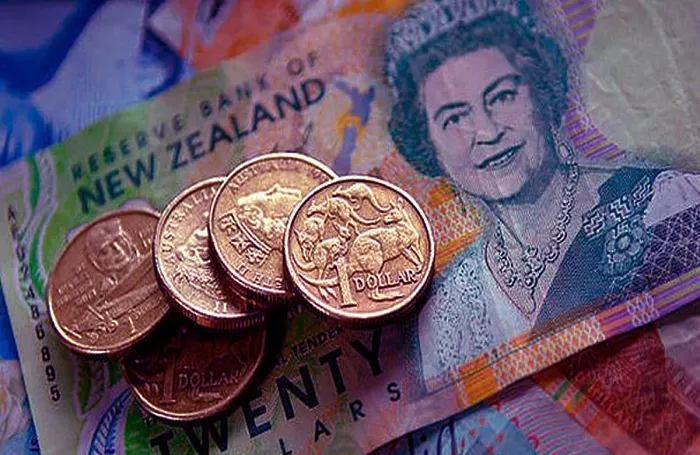New Zealand’s central bank is expressing confidence that a weaker kiwi dollar will help to drive economic growth in the coming year. Reserve Bank Chief Economist Paul Conway shared in an interview on Friday that the depreciation of the currency is a key factor in their optimistic growth forecast for 2025, noting that it will bolster export earnings, particularly in dairy and beef, alongside favorable commodity prices.
Over the past six months, the New Zealand dollar has fallen by 6.4% against the U.S. dollar, the worst performance among the top 10 most-traded currencies. This decline coincided with New Zealand’s easing monetary policy and a stronger U.S. dollar, supported by rising U.S. interest rates under President Donald Trump’s administration.
The Reserve Bank of New Zealand (RBNZ) recently reduced its Official Cash Rate (OCR) by 50 basis points for the third consecutive meeting, bringing it down to 3.75%. The bank now forecasts a 2.4% growth rate for New Zealand’s economy in 2025, following a projected 1.4% contraction in 2024. Conway highlighted that rising exports and tourism—key sectors comprising about 30% of the economy—will help counterbalance the challenges posed by a sluggish housing market and weak business investment.
Governor Adrian Orr stated that the current level of the New Zealand dollar is around fair value, with the exchange rate at 57.66 U.S. cents as of 2:20 p.m. in Wellington.
Conway emphasized that while the RBNZ is neutral regarding the precise level of the kiwi dollar, a weaker currency driven by economic fundamentals is beneficial, acting as a “shock absorber” for the economy. “We’re agnostic about the level of the kiwi, and we’ll take what we’re given,” he said.
Regarding the future direction of interest rates, Conway reaffirmed that the RBNZ expects the OCR to fall by another 75 basis points to 3% in the coming months, with 25 basis point cuts likely in the April and May policy meetings. However, he cautioned that forecasts are subject to change depending on economic conditions.
Conway also addressed the bank’s outlook for inflation, suggesting that non-tradables inflation is expected to stay around 3% over the forecast period, in line with the target of 2% headline inflation. While headline inflation is predicted to rise to 2.7% this year, the RBNZ believes this will be temporary and won’t lead to persistent inflationary pressures.
Highlighting the significant output gap in the economy, Conway explained that this excess capacity means it is unlikely for businesses to raise prices or for workers to demand higher wages in the short term. This reinforces the RBNZ’s current stance of no rate hikes on the horizon.
However, Conway acknowledged the possibility that the OCR may need to fall below 3% to stimulate the economy further, particularly given the sharp contraction in GDP last year, when the economy shrank by 2.1% in the first half of 2024. He noted the uncertainty surrounding the timing of a recovery, with the potential for faster-than-expected growth once the economy begins to show signs of recovery.
“While it’s uncertain when the recovery will materialize, there is a scenario where we may need to take further action to stimulate the economy, though this is not our central projection,” Conway said.
Related topics:
How Does a Person Make Money by Investing in Stocks?
10 Best Bank Stocks to Buy in the US
Nvidia’s Stock Pullback Could Signal the Next Surge as AI Market Expands


